© Use of content without authorization is prohibited
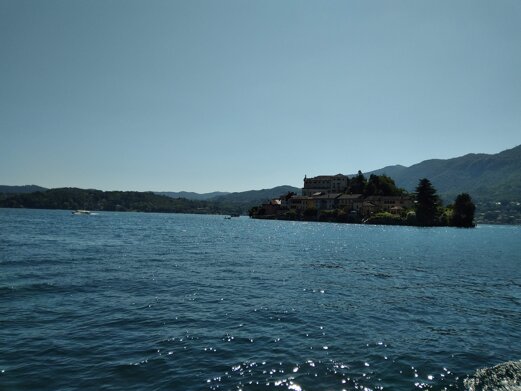
Italy
my journey through the 20 regions, 107 provinces, 7,907 municipalities of the most beautiful country in the world
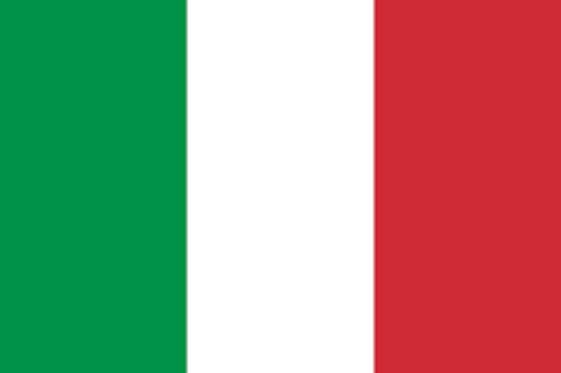
Italy
Area: 302,073 Km² Capital: Rome Languages: Italian, Currency: Euro,
Flag
Flag

Naples: the Amerigo Vespucci, with Vesuvius in the background
Naples: the Amerigo Vespucci, with Vesuvius in the background
Mountains and Volcanoes
35% of Italian territory is occupied by mountains. The main mountain ranges are the Alps and the Apennines. The Alpine arc includes the highest peaks in Europe, all located in the Northwestern sector: Mont Blanc, at 4808 meters, is the "Roof of the Alps," followed by Monte Rosa, the Matterhorn, and Gran Paradiso, all mountains over 4000 meters. In the eastern Alpine section, the Dolomites stand out for their particular beauty. Among my favorites is the Adamello massif, mostly covered by forests. The Apennine reliefs never exceed three thousand meters, with the Abruzzo peaks Gran Sasso d'Italia and Majella towering above the rest; not to be missed are also the Sila and the Pollino area. The active volcanoes Etna, Vesuvius, Vulcano in the Aeolian Islands, and my favorite, Stromboli, are full of charm.

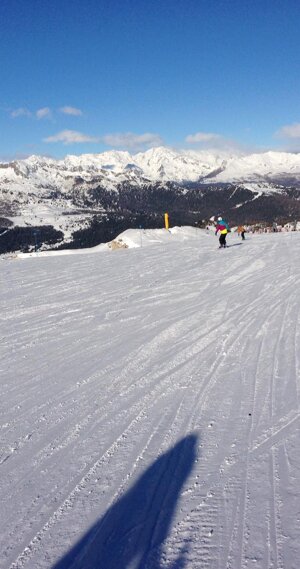

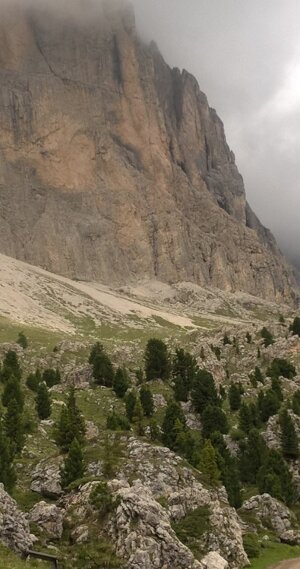
South Tyrol: Sassolungo perennial snowfield Trentino: Pale di San Martino Trentino: Madonna di Campiglio Trentino: Brenta Dolomites
Hills and Plains
Italy has only 23% plains; the rest is a land of mountains and hills. The Po Valley is the largest flat area in Italy, crossed by important waterways and today particularly urbanized. Other significant plains are the Maremma, the Tavoliere, the Plain of Metaponto, and the Conca d'Oro. Our peninsula is rich in hills famous for vineyards and olive groves: Langhe, Monferrato, Oltrepò Pavese, and Valpolicella in the north, Chianti, Colli Albani in the center, Murgie in the south. I also really liked the Gargano.

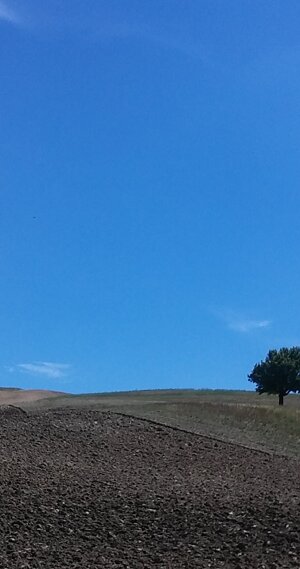


Piedmont: Val BorberaVeneto: Valpolicella Lombardy: Oltrepò PaveseAbruzzo: Tirino Valley
Rivers and Lakes
Italian rivers are not particularly long and mostly flow through urbanized areas; among those that in my opinion are of particular interest, I would mention the Po, which is navigable for long stretches; the Tiber, with its source that is worth a hike; the Adda, which flows in its first part through Valtellina; the Ticino, rightly called "the blue river," and the Trebbia, one of the few with unpolluted waters. The lakes, on the other hand, are justly famous all over the world. Often surrounded by breathtaking scenery, it is impossible to mention them all, but Lake Garda, Lake Maggiore, Lake Como, Lake Trasimeno, Lake Lesina, Lake Scanno, and Lake Bolsena are not to be missed.

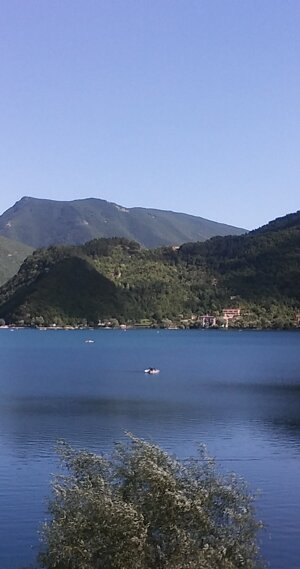
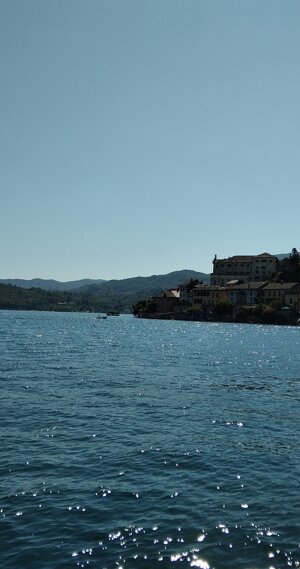
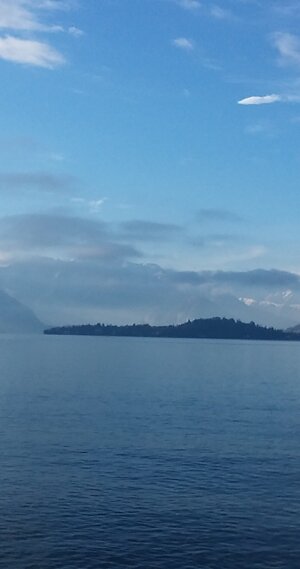
Lake Maggiore: seen from the Rocca di AngeraLake Orta with the island of San Giulio Lake ScannoTicino River near Vigevano
Beaches and Islands
Italy is strategically located in the center of the Mediterranean Sea and with its 7,500 km of coastline, it boasts a variety of beaches unique in the world. Starting from the Ligurian Sea, despite a predominantly rocky coast, I found small beaches mostly made of pebbles; my favorite places are the Cinque Terre and the Riviera dei Fiori. In the Tyrrhenian Sea, the beaches of Sardinia are unbeatable, with Costa Rei and the Gulf of Orosei above all; the Costa dei Cedri is also very beautiful. Moving to the Ionian Sea, the Lucanian Coast, the Gulf of Catania, and Salento are special. In the Adriatic Sea, my favorites are the beaches of Gargano, the Costa dei Trabocchi, and the large sandy beaches of Friuli. The smaller islands are each more beautiful than the last: my favorites are Stromboli and Vulcano, but I left my heart in the Tremiti Islands.

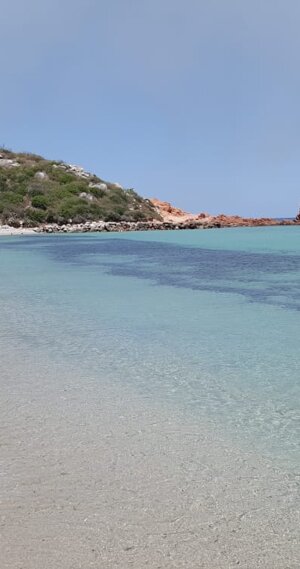
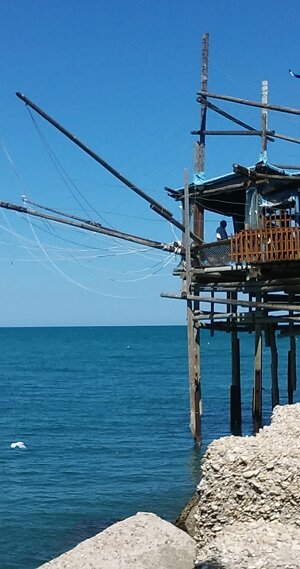

Liguria: Riviera di Ponente in Varazze Abruzzo: Costa dei TrabocchiSardinia: Cea Beach in TortolìSardinia: Barisardo Beach
Cities
Italy does not have any megalopolises, and except for Rome and Milan, no municipality exceeds one million inhabitants. Most Italian cities are open-air museums. In the north, in addition to Milan, Turin, Venice, and Verona, Bergamo, Mantua, Trento, and Trieste shine. In the center, along with the well-known Florence, Pisa, Rome, and Siena, Ferrara, L'Aquila, Parma, and Ravenna stand out with their historic centers. In the south, along with Bari, Catania, Naples, and Palermo, there are the lesser-known but fabulous Benevento, Lecce, Matera, and Syracuse.
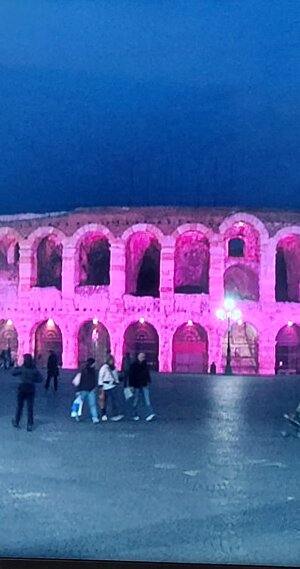


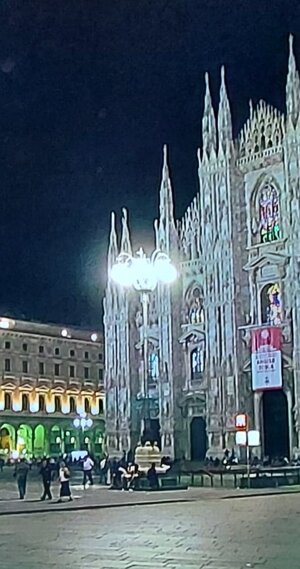
Milan: the Duomo Pisa: the Leaning Tower Rome: the Roman Forum Verona: the Arena
Villages and Castles
If there is one thing that makes Italy unique and inimitable, it is its medieval villages, small treasures rich in history, culture, and food and wine specialties. In every region I have found towns with ancient traditions revived in festivals and folkloric celebrations. It is impossible to mention some without doing an injustice to others; I will leave the ranking of my favorites to another section. When I want to dream, I go visit a castle. From the Middle Ages to today, there are thousands of medieval, Aragonese, Este, Lombard, Sforza, and Swabian castles; royal palaces, fortresses, forts, towers, rock castles, and the many princely residences that fill the Italian territory with architectural wonders.

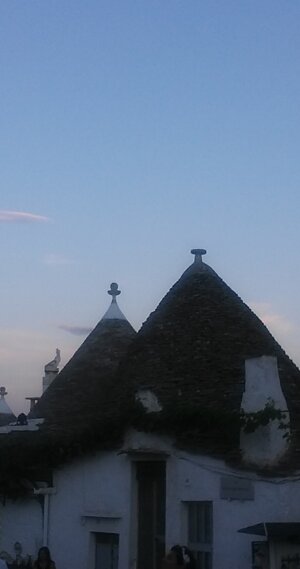

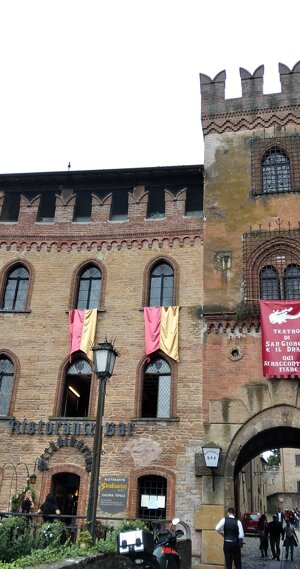
Emilia Romagna: Castell'ArquatoFriuli Venezia Giulia: Miramare CastlePuglia: AlberobelloAbruzzo: Rocca Calascio
ITALY
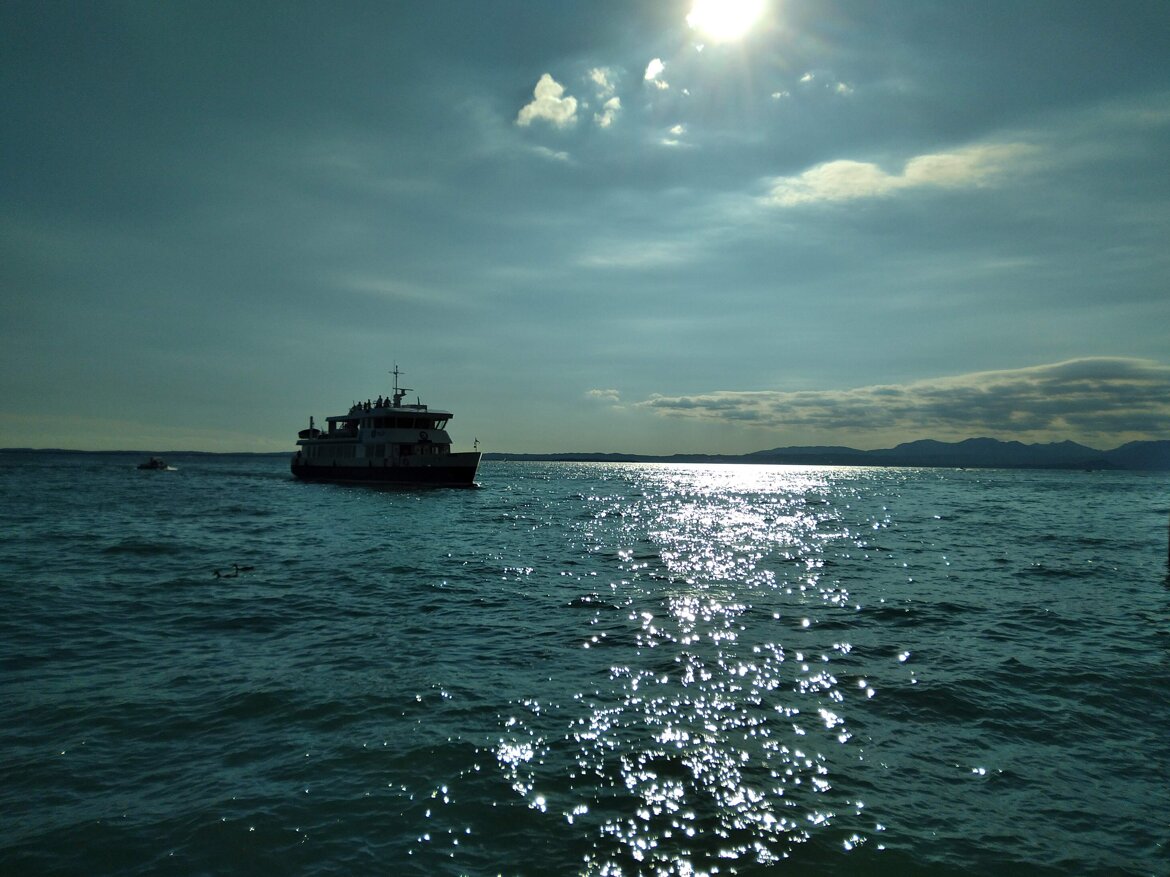
Lake Garda: boat docks at the pier of Lasize
Lake Garda: boat docks at the Lasize pier